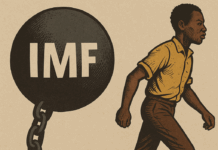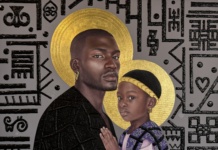A new display at the Museum of London Docklands will explore the unique and largely untold history, heritage and culture of the Krio people of Sierra Leone.
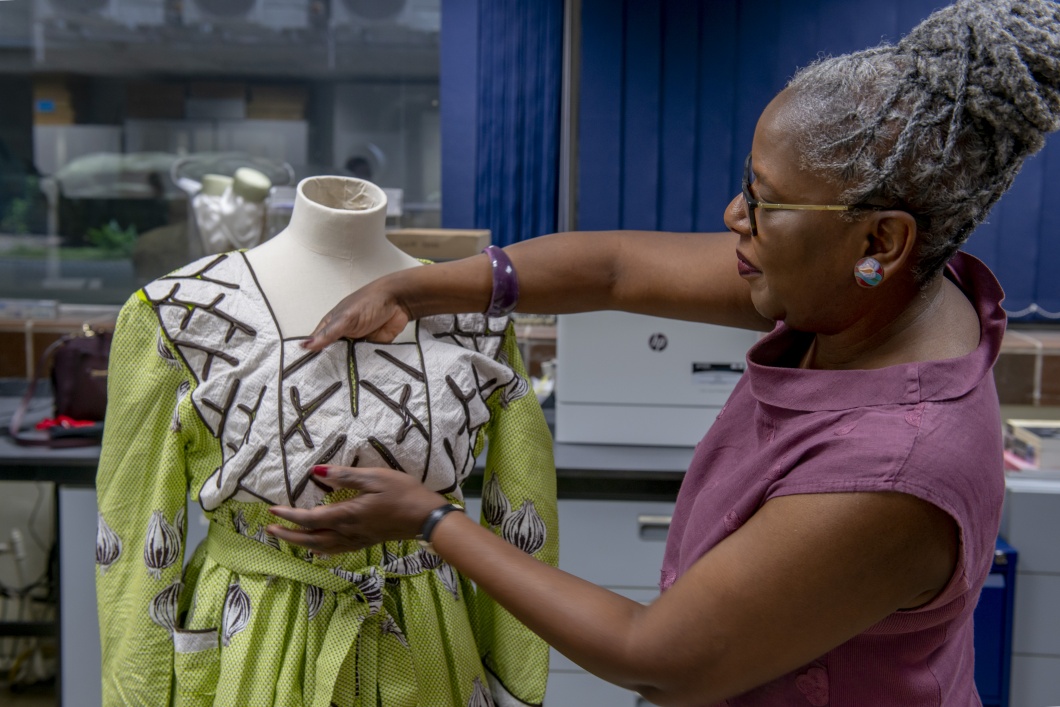
As well as the history, The Krios of Sierra Leone display will explore dress, architecture, language, lifestyle and tradition of the Krio community through a mix of contemporary objects from Krio Londoners as well as objects related to British colonial rule in Sierra Leone from the museum’s collections. Together, this will highlight the rich heritage of the people and the diversity of cultures brought to Sierra Leone that became uniquely Krio.
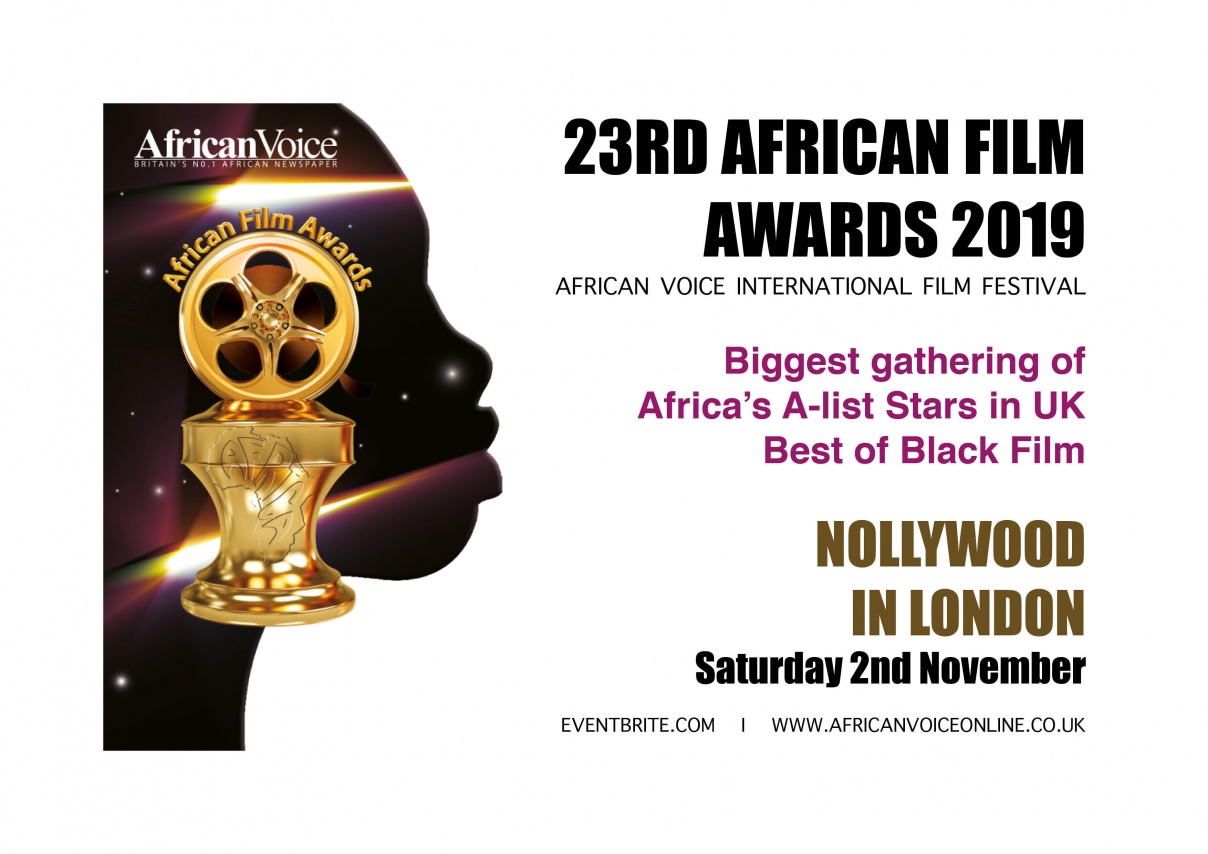
Key objects on display include:
• Tillet block (a large carved wooden printing block) dating from around 1800 that bears the crest of the Sierra Leone Company. The company attempted to found a colony in Sierra Leone in 1792 and abolitionists such as William Wilberforce, Thomas Clarkson and Granville Sharp were among its subscribers.
• Silver entrée dish presented to Thomas Cole, Acting Colonial Secretary of Sierra Leone and Assistant Superintendent of Liberated Africans, by the Officers of the Liberated African Department on 1st August 1831. Cole was responsible for assisting those who arrived in the colony after being freed from captured slave ships. (On loan from Charles Stuart Dudley Cole)
• Krio dress ensemble showing the typical cultural embroidered dress (‘Kabaslt’) worn by Krio women. The dress is thought to be a combination of 19th century Victorian dress with adaptations from Americans and Maroons and has a lace petticoat underneath.
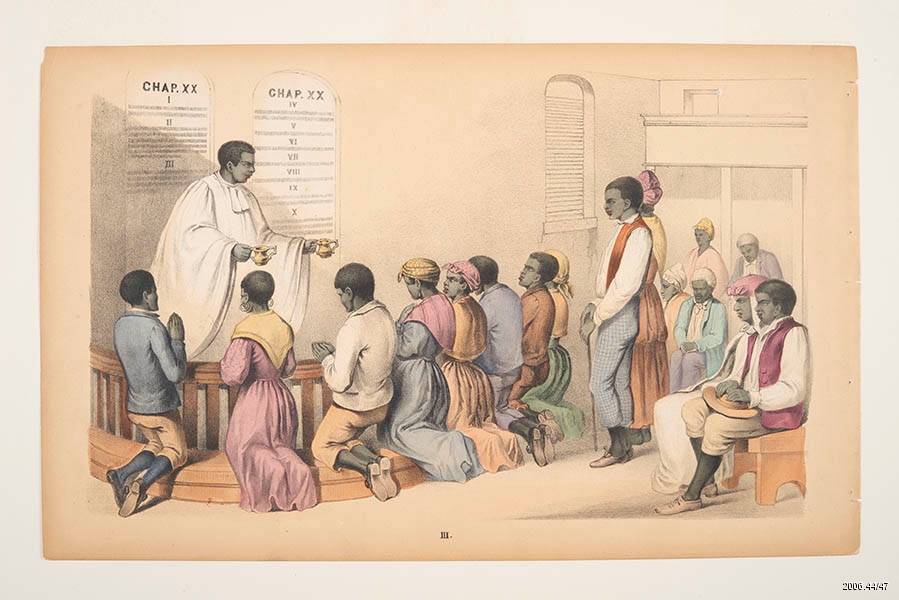
The ‘Krios’ are descended from ex-enslaved African American, Caribbean, African and free peoples who settled in the Western Area of Sierra Leone. The first settlers sent to Sierra Leone by the British were of Black American, African, Caribbean and Bengali descent and were known collectively as the ‘Black Poor’. A noticeable community in East London, the Black Poor suffered from acute poverty and in 1786 the ‘Committee for the Relief of the Black Poor’ was formed as a response. Initially operating as a group that provided relief in the form of food and monetary allowance, their focus soon turned to a resettlement scheme and by 1787 a ship had set sail for the ‘Province of Freedom’; also known as Sierra Leone.
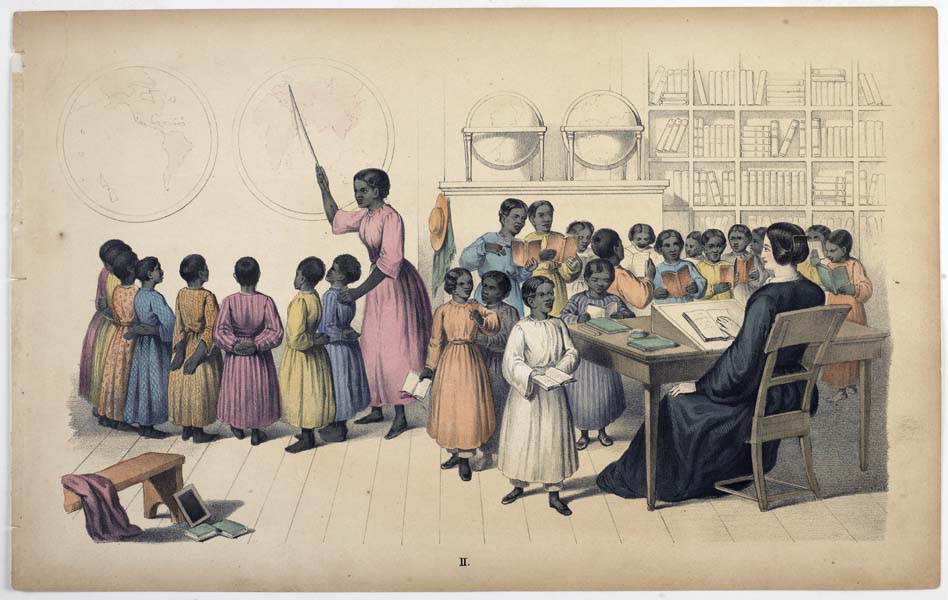
Upon arrival, the settlers established ‘Granville Town’ on the peninsula of Sierra Leone but the project failed after two years due to outbreaks of disease as well as conflicts and hostility between the settlers and the surrounding Temne community.
A second attempt at a British colony, led by the newly formed Sierra Leone Company, was more successful and involved the resettlement of approximately 1200 ‘Nova Scotians’. These settlers – mainly ex-enslaved Americans who fought for the British during the American Revolution – arrived in 1792 and established ‘Freetown’ which remains the capital of Sierra Leone to this day. The Maroons (from Jamaica) and ‘Liberated Africans’ (freed from slave ships) soon followed in the early part of the 19th century and collectively make up the heritage of the Krio people.

The resettlement wasn’t without controversy. The motives behind the scheme were much debated and still are today but its ties to the slave trade are undeniable. From its origins in transatlantic slavery through to the involvement of prominent abolitionists, the story of the Krio ties in to the wider themes of the permanent London, Sugar & Slavery gallery where the display is to be held. This is central not just to the story of the museum’s building and the surrounding docks but to the story of London itself.
Melissa Bennett, Higher Education Programme Manager at Museum of London, said: “The story of the Krio people of Sierra Leone has been largely overlooked in the history books but is of huge significance when looking at the story of not only the museum and the surrounding Docks, but of migration and the slave trade in London. It connects the shared histories of London, the US, the Caribbean and West Africa and we’ve worked closely with some members of the Krio community to draw out the personal stories, memories and objects that help shed light on this part of our shared heritage.”
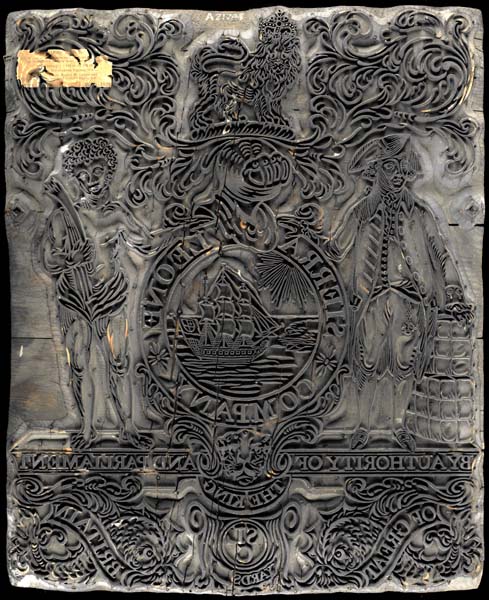
Iyamide Thomas, Historical Researcher and founder member of The Krios Dot Com, said: “The Krios share a unique heritage that is celebrated in our culture and traditions, reflecting the diversity within our community. As a member of the Krio community, I am proud to be working with the Museum of London Docklands to highlight the history and legacy of the Krio people to help bring into focus our connection to the city of London and the wider Atlantic world”
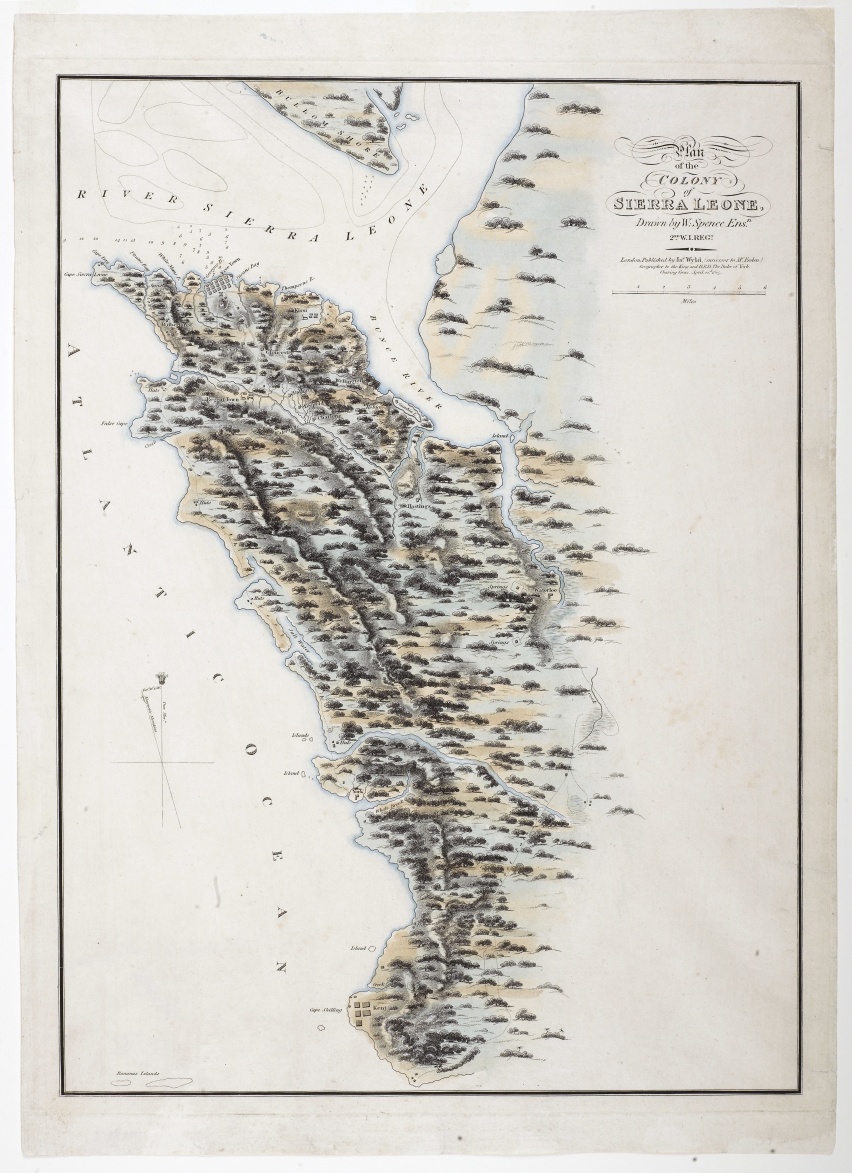
The Krios of Sierra Leone
Museum of London Docklands
Fri 27 Sep 2019 – Sun 27 Sep 2020
FREE
Kindly follow us on twitter:@AfricanVoice2


